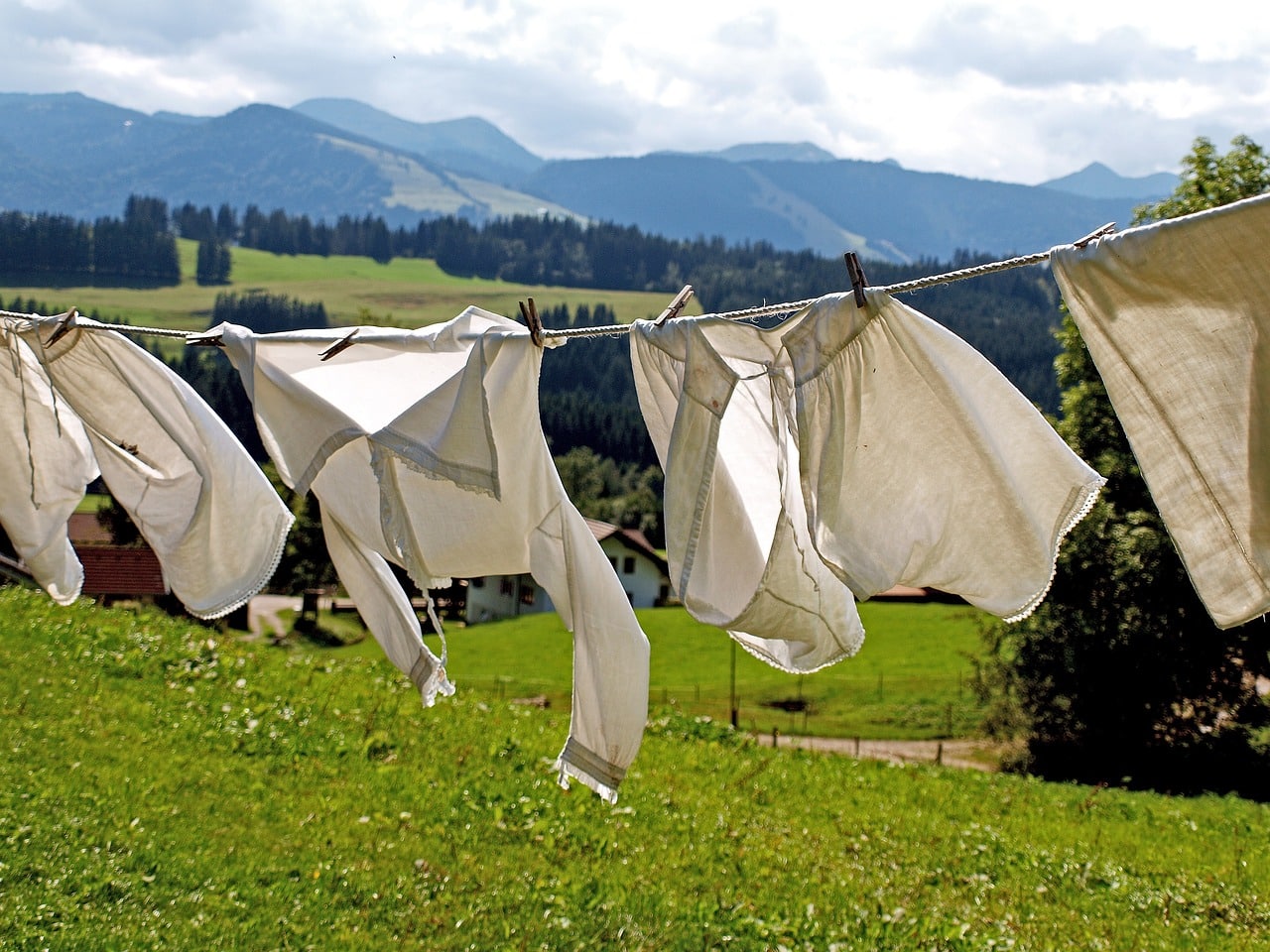What’s the Latest in Adaptive Clothing for Individuals with Disabilities?

In the realm of fashion, inclusivity is an ever-evolving concept. As our understanding of diversity expands, so do the possibilities in clothing design. One such innovation making waves in the industry is the development of adaptive clothing. Specifically designed to meet the unique needs of people with disabilities, adaptive clothing marries functionality with style, offering a plethora of options for men, women, and children alike.
In this article, we delve into the latest trends in adaptive clothing, highlighting the brands making strides in this sector and the various options they offer. We’ll also discuss how easy it is to shop for adaptive clothing.
A lire également : What’s the Potential of Autonomous Delivery Robots in UK Urban Areas?
Also read : The best golf courses in Thailand: championship courses for all levels
Adaptive Clothing: Designed with Comfort and Style in Mind
When designing adaptive clothing, the goal is twofold: to make dressing easier for individuals with disabilities and to do so without compromising on style or comfort. This innovative fashion solution takes into account the specific needs of people with different types of disabilities, from mobility issues to sensory concerns.
Dans le meme genre : How to Use Cryptocurrency for Everyday Purchases Safely?
For example, brands that cater to wheelchair users often design pants with a higher back rise to provide additional coverage when seated. Similarly, for individuals who struggle with fine motor skills, options might include garments with magnetic closures or Velcro instead of traditional buttons or zippers. The key lies in understanding the distinct challenges that people with disabilities face and creating clothing that addresses these issues while still adhering to current fashion trends.
This might interest you : How to Use Cryptocurrency for Everyday Purchases Safely?
Highlighting Top Brands in Adaptive Clothing
The landscape of adaptive clothing is rich and diverse, with several brands leading the charge in creating fashionable, comfortable, and easy-to-wear options for people with disabilities.
One such brand is Tommy Hilfiger, which launched its adaptive line in 2016. The collection features clothing for men, women, and kids, with modifications like magnetic closures, adjustable hems, and side-seam openings.
Zappos Adaptive, an offshoot of the popular online retailer, is another noteworthy brand. This shop offers a wide range of adaptive clothing and footwear from various designers, making it a comprehensive resource for individuals looking for functional and fashionable attire.
Embracing the Ease of Shopping for Adaptive Clothing
As awareness of adaptive clothing grows, so too does the accessibility of these specialized garments. Many brands now offer their adaptive clothing lines online, making it easy for individuals with disabilities to shop from the comfort of their own homes.
Moreover, the online shopping experience for adaptive clothing is often tailored to the needs of the customer. Websites typically provide detailed product descriptions and sizing charts, and customer service representatives are available to answer questions and assist with orders. Some brands even offer virtual fittings or try-before-you-buy programs, further simplifying the shopping process.
Expanding Options for Kids with Disabilities
When it comes to adaptive clothing, children with disabilities have historically been underserved. However, brands are now recognizing the need for specialized kids’ clothing and rising to the occasion.
Brands like Target and Kohl’s have launched adaptive lines for kids, featuring sensory-friendly clothing devoid of irritating tags, seams, and textures. The clothes in these lines also accommodate various medical devices, such as feeding tubes and braces. Providing such clothing options for kids with disabilities not only helps them dress with greater ease but also fosters a sense of independence and self-confidence.
The Future of Fashion: Adaptive Clothing for Wheelchair Users
Wheelchair users have unique fashion needs that go beyond simple dressing assistance. Clothing must be comfortable to wear while seated and provide adequate coverage. It should also prevent pressure sores, accommodate medical devices, and still look stylish.
Brands are taking note and creating clothing lines specifically for wheelchair users. For example, IZ Adaptive, founded by fashion designer Izzy Camilleri, offers a range of chic options, from jeans designed to fit a seated body shape to tailored jackets that don’t bunch up at the back when worn in a wheelchair.
As with the broader adaptive clothing market, the range of fashionable and functional clothing options for wheelchair users continues to expand, promising a future where everyone, regardless of their physical abilities, can express their personal style with ease and confidence.
Adaptive Fashion Revolution: A Positive Impact on the Fashion Industry
The adaptive clothing trend is not just a niche segment within the fashion industry. It is a revolution that is reshaping the concept of fashion and inclusivity. By considering the needs of individuals with disabilities, this movement is impacting the broader fashion industry by challenging traditional designs, and creating more diverse and inclusive fashion options.
Brands such as Tommy Hilfiger, Zappos Adaptive, Target, and Kohl’s are only the tip of the iceberg, and their success is inspiring other fashion brands to follow suit. Moreover, this trend is not just limited to clothing. Designers are also creating adaptive shoes and accessories, thereby making the entire fashion ensemble more accessible and functional.
Small businesses and independent designers, such as Joe Bella, have also come into the spotlight. By focusing on adaptive fashion, Joe Bella is creating unique, high-quality garments that are both stylish and functional. They offer adaptive pants with wheelchair-friendly features like a higher back rise and flexible waistbands, making them a popular choice among wheelchair users.
Additionally, the growing trend of adaptive clothing is pushing the fashion industry to be more sustainable and ethical. The production of adaptive clothing requires careful consideration of materials and methods, often leading to the use of more sustainable and eco-friendly processes.
The adaptive fashion trend is a testament to the fact that fashion should not be a privilege for a select few, but rather an accessible and empowering tool for everyone, regardless of their physical abilities.
Conclusion: Adaptive Clothing – Changing the Norms of Fashion
Adaptive clothing is more than just a progressive trend in the fashion industry – it’s about breaking barriers and redefining norms. While this innovative concept was initially created to meet the needs of individuals with disabilities, its impact extends far beyond this demographic.
The surge in adaptive clothing is demonstrating to the fashion industry as a whole that style does not have to come at the expense of comfort and functionality. This is leading to a broader shift in the fashion industry towards more inclusive and practical design principles.
Moreover, shopping for adaptive clothing has become significantly easier with the rise of online platforms. With detailed descriptions, sizing charts and assisted ordering processes, brands are ensuring that shopping for adaptive clothing is as easy, if not easier, than shopping for regular clothes.
Looking ahead, we can expect to see even more innovation and growth in the adaptive clothing sector. With an increasing number of brands entering the market, and growing recognition of the need for adaptive children’s clothing and specialized lines for wheelchair users, the future of adaptive fashion looks promising.
Ultimately, the goal of adaptive clothing is to ensure that everyone – regardless of their physical abilities – has the opportunity to express their personal style with ease, comfort, and confidence. This spirit of inclusivity is not only changing the way we dress but also how we perceive fashion and diversity. Adaptive clothing is more than a fashion statement – it’s a movement towards a more inclusive and empathetic world.
